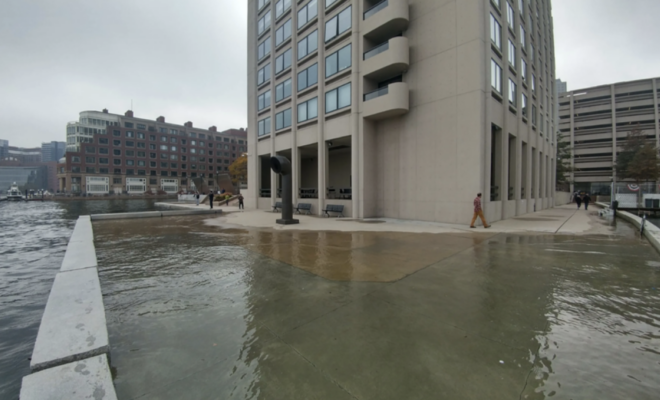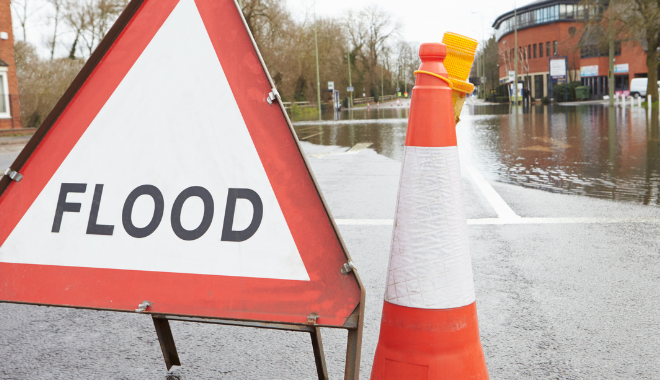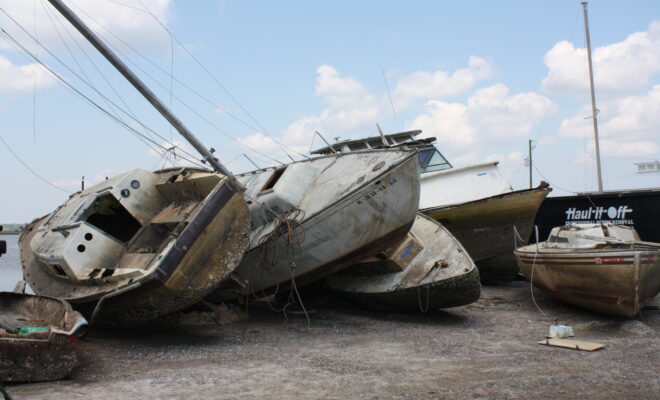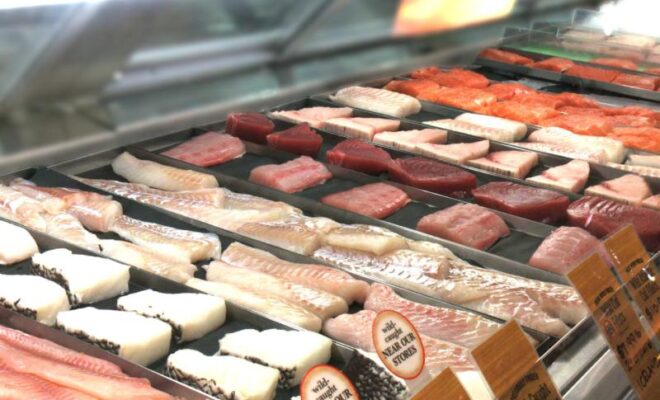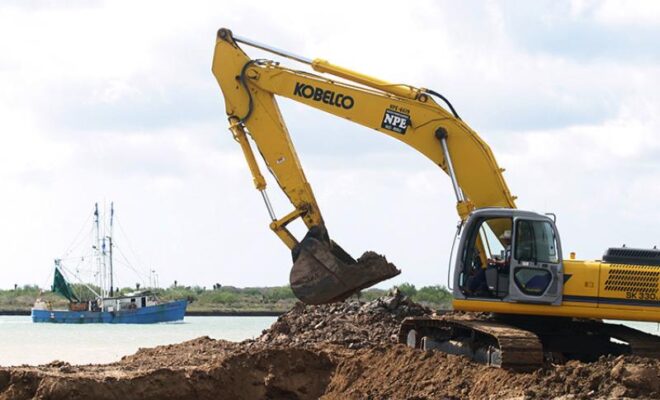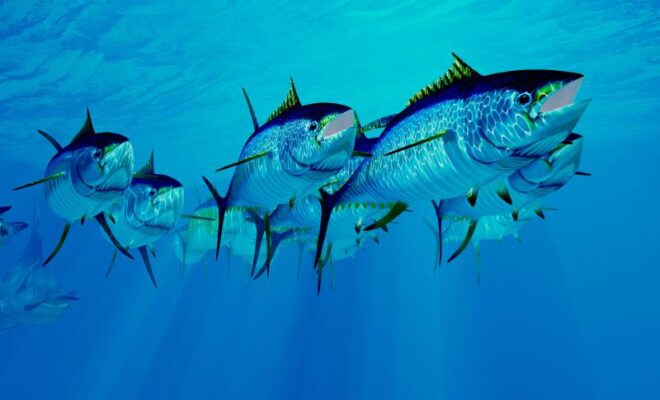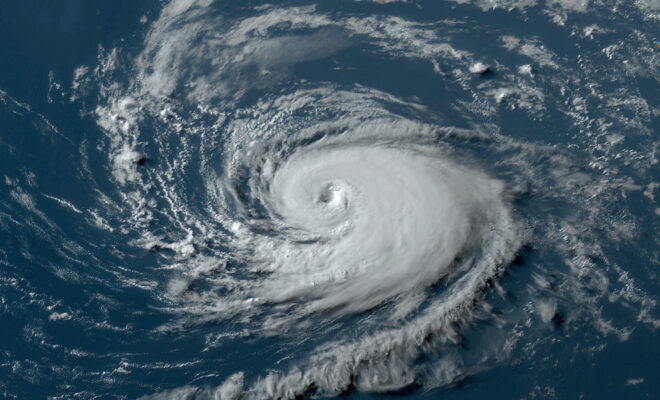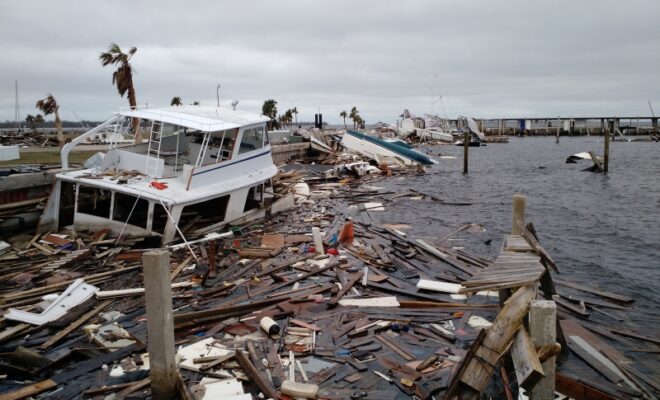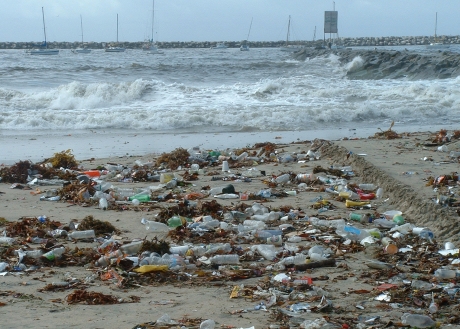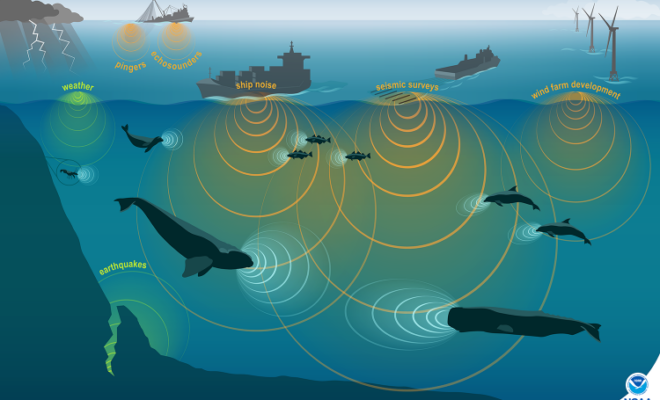U.S. high tide flooding continues to break records
9/1/2023 - By noaa.gov. Coastal communities in eight locations along the East and West coasts experienced record high tide flooding last year — a trend that is expected to continue in 2024. For many communities, the expected strengthening of El Nino will bring even more high tide flood days. The 2023 Annual High… SEE MORE
